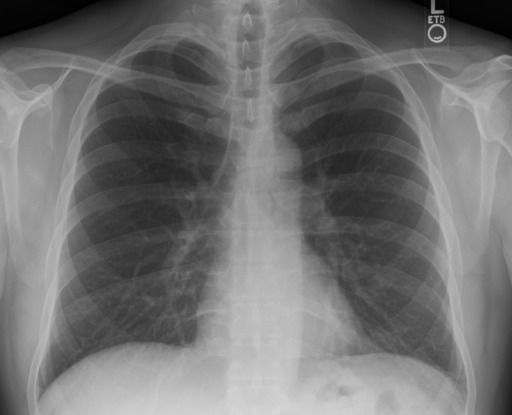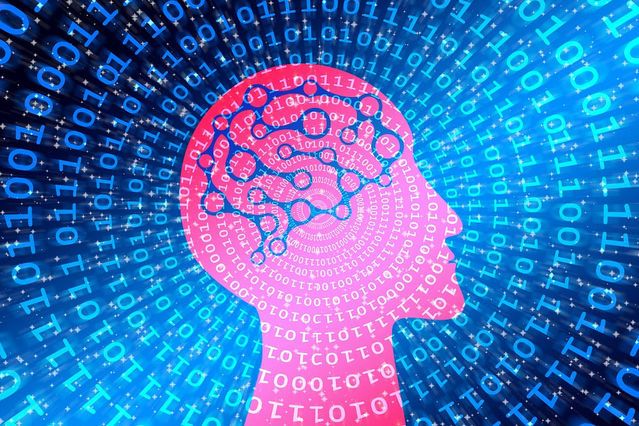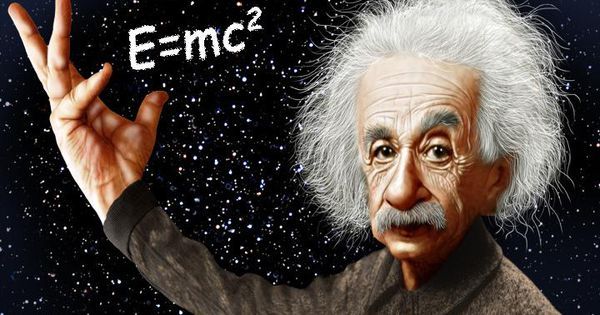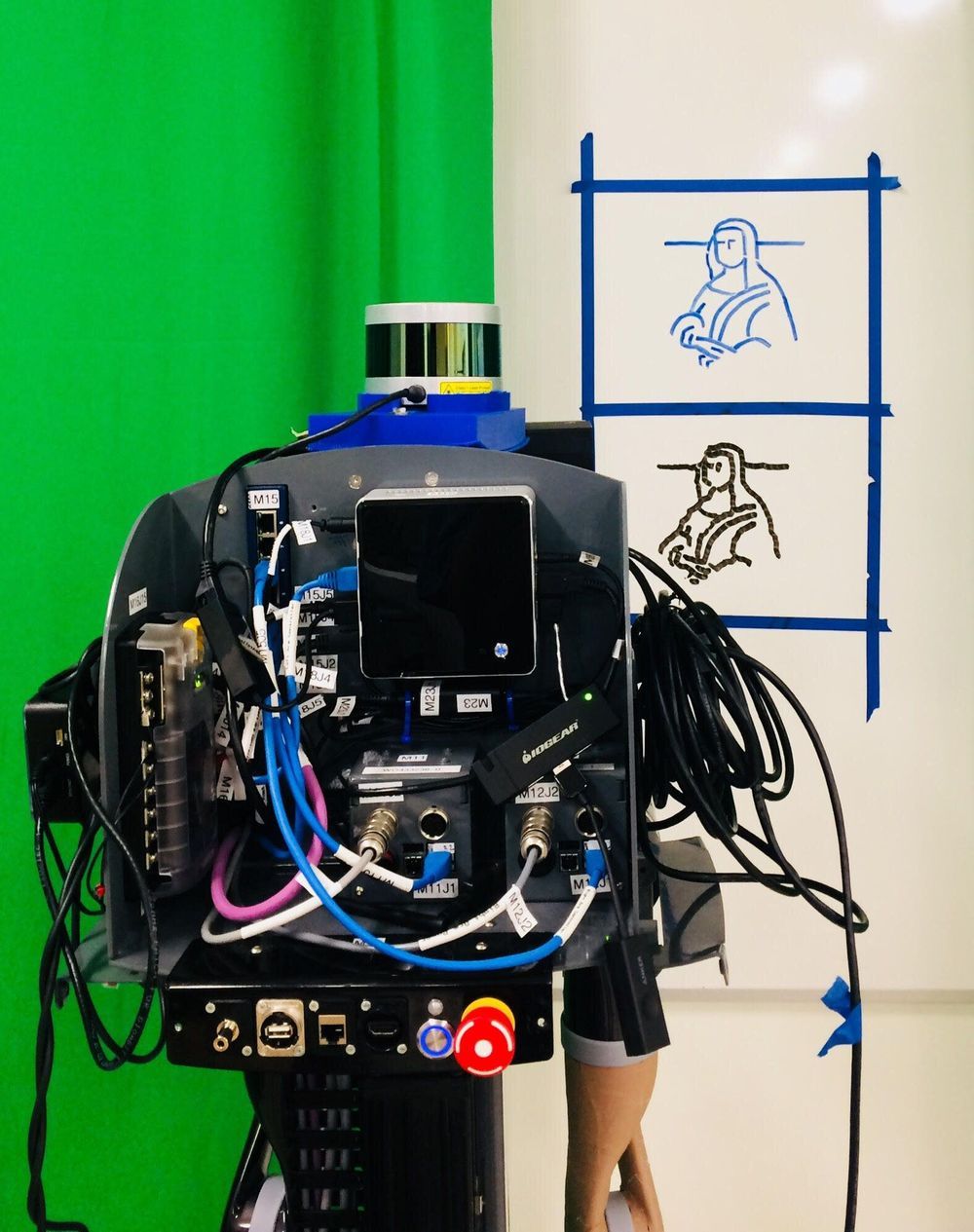RSA Encryption is an essential safeguard for our online communications. It was also destined to fail even before the Internet made RSA necessary, thanks the work of Peter Shor, whose algorithm in 1994 proved quantum computers could actually be used to solve problems classical computers could not.
Category: information science – Page 251
In recent years, forensics scientists, statisticians, and engineers have been working to put crime scene forensics on a stronger footing, with some classic techniques falling out of favor.
[Photos: OpenClipart-Vectors/Pixabay; Hunter Harritt/Unsplash; blickpixel/Pixabay].
Machines are mastering vision and language, but one sense they’re lagging behind on is touch. Now researchers have created a sensor-laden glove for just $10 and recorded the most comprehensive tactile dataset to date, which can be used to train machine learning algorithms to feel the world around them.
Dexterity would be an incredibly useful skill for robots to master, opening up new applications everywhere from hospitals to our homes. And they’ve been coming along in leaps and strides in their ability to manipulate objects, OpenAI’s cube juggling robotic hand being a particularly impressive example.
So far, though, they’ve had one hand tied behind their backs. Most approaches have relied on using either visual data or demonstrations to show machines how they should grasp objects. But if you look at how humans learn to manipulate objects, you realize that’s just one part of the puzzle.
Also, loosely following technology that could be used to build a real working time machine. Anyone with an interest in time travel is welcome to participate.
But, I have been watching tech news for what could be used to build a time machine. I think we are pretty close. You’d still need a few physics guys with 150+ IQ’s to work on the equations, a guy with a 200+ IQ to figure out how to put the whole thing together, and a guy with billions of dollars to fund it. But most of this stuff is for sale to the public, (short list):
1. quantum computer; to run the calculations.
This post was prompted by a colleague sharing with me this recent study: www.ncbi.nlm.nih.gov/pmc/articles/PMC6389801/
The authors found that out of 516 studies evaluating the performance of ML algorithms for the diagnostic analysis of medical images, only 31 had externally validated their algorithms.
This should concern us all.
Abstract: In standard nonrelativistic quantum mechanics the expectation of the energy is a conserved quantity. It is possible to extend the dynamical law associated with the evolution of a quantum state consistently to include a nonlinear stochastic component, while respecting the conservation law. According to the dynamics thus obtained, referred to as the energy-based stochastic Schrodinger equation, an arbitrary initial state collapses spontaneously to one of the energy eigenstates, thus describing the phenomenon of quantum state reduction. In this article, two such models are investigated: one that achieves state reduction in infinite time, and the other in finite time. The properties of the associated energy expectation process and the energy variance process are worked out in detail. By use of a novel application of a nonlinear filtering method, closed-form solutions—algebraic in character and involving no integration—are obtained for both these models. In each case, the solution is expressed in terms of a random variable representing the terminal energy of the system, and an independent noise process. With these solutions at hand it is possible to simulate explicitly the dynamics of the quantum states of complicated physical systems.
From: Dorje C. Brody [view email]
[v1] Mon, 29 Aug 2005 13:22:36 UTC (43 KB)
E=m c
Albert Einstein proposed the most famous formula in physics in a 1905 paper on Special Relativity titled Does the inertia of an object depend upon its energy content?
Essentially, the equation says that mass and energy are intimately related. Atom bombs and nuclear reactors are practical examples of the formula working in one direction, turning matter into energy.
An algorithm developed by Brown University computer scientists enables robots to put pen to paper, writing words using stroke patterns similar to human handwriting. It’s a step, the researchers say, toward robots that are able to communicate more fluently with human co-workers and collaborators.
“Just by looking at a target image of a word or sketch, the robot can reproduce each stroke as one continuous action,” said Atsunobu Kotani, an undergraduate student at Brown who led the algorithm’s development. “That makes it hard for people to distinguish if it was written by the robot or actually written by a human.”
The algorithm makes use of deep learning networks that analyze images of handwritten words or sketches and can deduce the likely series of pen strokes that created them. The robot can then reproduce the words or sketches using the pen strokes it learned. In a paper to be presented at this month’s International Conference on Robotics and Automation, the researchers demonstrate a robot that was able to write “hello” in 10 languages that employ different character sets. The robot was also able to reproduce rough sketches, including one of the Mona Lisa.







